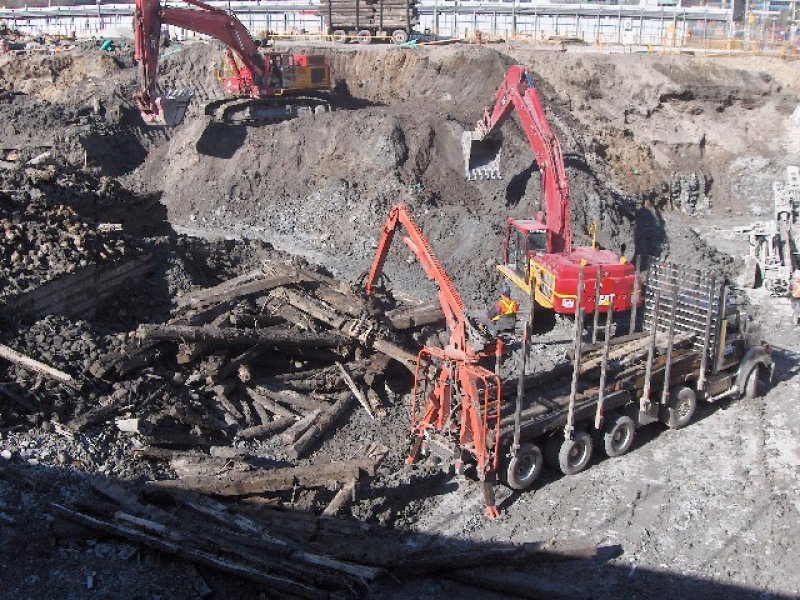
Reclaimed. Salvaged. Recovered.
These aren’t just buzzwords – working with reclaimed wood comes from a conscious decision to make more environmentally friendly decisions in our craft. Obviously, environmental motivations aren’t the only reason, either. Here are some of the reasons why people might be interested in reclaimed wood instead of new material:
-
Reusing old material. By lowering our demand and strain on new resources, we are potentially lowering pollution and energy expenditure of resource extraction and transportation, while also saving our forests, which are valuable carbon sinks. In the face of climate change, this is an important consideration.
-
Local sourcing. Canadian Salvaged Timber sources mainly from Southern Ontario and Canada. By choosing to source locally, we are lowering transportation pollution and energy expenditure.
-
History of wood. All reclaimed wood has a history – from when it was a tree, to what it was made into, to why it was demolished and salvaged. Some of the things we have reclaimed in the past include:
-
barn doors from a Royal Winter Fair in the 1960s/1970s
-
wood from the old Queen’s Wharf harbour, dating back farther than 1833
-
barn board from various farms around Ontario
-
-
Quality of wood. Many old structures that reclaimed wood comes from were made with high quality, dense, mature wood. Modern demand for virgin timber means that trees are produced and cut quickly, and are rarely grown to their full potential.
-
Character and appearance. Naturally weathered wood has a beautiful look, and is full of little “imperfections” that give it its signature charm. Obviously, aesthetic preferences vary, but there is no doubt that reclaimed wood has a very unique character.
These are some of the reasons why we choose to work primarily with reclaimed wood. Whether it’s grey barn board or a slab from a tree felled in a storm, each piece of wood has its own history. What are the reasons why you’re interested in reclaimed wood? Feel free to leave a comment and let us know!


